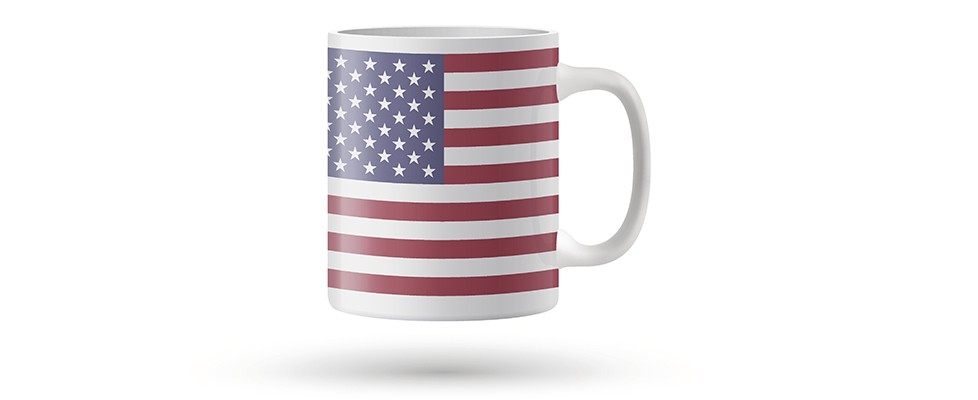United States
The healthcare system in the United States is fully privatized; accordingly, there there are numerous organizations that provide healthcare services to citizens. Of these organizations, 20% are owned by the government, 18% are for-profit companies, and 62% are non-profits. In 2010, the Patient Protection and Affordable Care Act, abbreviated to the PPACA, became law. The act called for significant reforms in the American healthcare system that would come into effect over time. For instance, under the PPACA, insurance companies will no longer be able to charge according to gender on policies. Since men have fewer healthcare costs on average than women, this step would spread the cost of healthcare across the sexes. The law, which includes several other alterations, is still considered a controversial topic among Americans.
Healthcare Spending
The United States spends more on healthcare than most of the countries in the world. The United States ranks third in the world when it comes to healthcare spending, with 17.9% of the country’s GDP going to costs associated with healthcare. In 2012, that amounted to an average of $8,895 USD in healthcare costs per person. The cost of healthcare in the U.S. does not indicate high-quality care; The Commonwealth Fund conducted a survey of similar countries that ranked quality of care in the United States last. Affordability and quality of care were the driving issues behind the PPACA.
 Availability of Care
Availability of Care
In spite of the fact that American doctors are among some of the highest-p[aid physicians in the world, there is a shortage of physicians in the United States, at least when one considers other high-income nations. According to the World Health Organization (WHO), there are 2.45 physicians per one thousand people. However, that figure is higher than the regional average for North America. There are exactly three hospital beds per one thousand people.
Life Expectancy & Mortality
The life expectancy in the United States continues to rise steadily. The current national average is 79.56 years, a figure that is quite low considering the United States is considered a high-income, developed nation. It is ranked 42 among all nations of the world, with similar nations – including Australia, Germany, the United Kingdom, Canada, and the Netherlands – ranking higher. It is difficult to posit why the United States ranks so low, but many believe it is because the quality of care for the poor.
 Other Issues
Other Issues
American opinion on healthcare reform and the healthcare system currently in place remains polarized. When polled by the Harvard School for Public Health, a large percentage of the population (45%) answered that they believed that the United States had the best healthcare system in the world. A smaller number of people (39%) indicated that they believed other countries had better healthcare systems. Public opinion notwithstanding, the United States is one of few developed countries where access to healthcare is not guaranteed. Americans who do not buy or cannot buy health insurance may not be able to pay out of pocket for healthcare services, leading to poor health.
